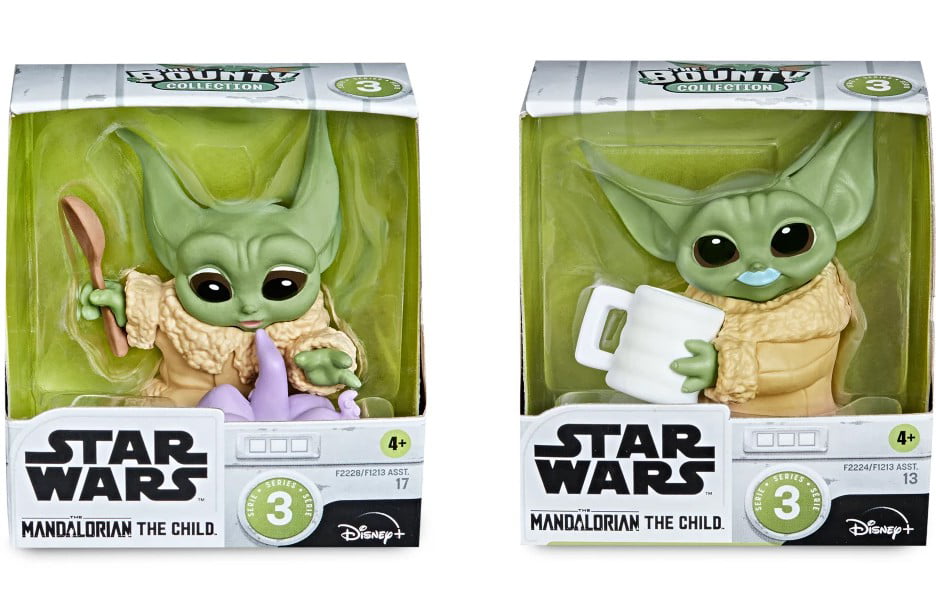
“War” lasted three weeks in the top spot, before being supplanted by another Motown hit, Diana Ross’ “Ain’t No Mountain High Enough.” 29, replacing the soft-rocker “Make It With You” by Bread. Released on June 10, 1970, with a B-side titled “He Who Picks a Rose,” the single entered the Billboard Hot 100 at #72 on July 11 and reached #1 on Aug. Starr’s decision to pick up the tune paid off big-time. Throughout, Starr bolsters the lyric with chanted exhortations, among them, “Say it, say it, say it, good God, y’all,” always returning to the main theme of war being good for “absolutely nothing.” (War), Friend only to the undertaker, awwww In each new verse, the singer spells out the reasons to back up his claim, such as this one: The recording begins with a military-style drum roll that leads to Starr’s horn-punctuated chant of the “What is it good for?” chorus. Listen to the Temptations’ version of “War” Instead, the label decided, another artist on the group’s roster would re-cut the song. The album track had generated a fair amount of interest, especially among college students involved in the protest movement, but Motown was reluctant to associate the Temptations with a politically infused lyric. Written by Norman Whitfield and Barrett Strong (the latter of “Money” fame), “War” had already been recorded and released by the Temptations on their Psychedelic Shack album of 1970. There wasn’t much interest in a new version of that one, but with “War” in 1970, Starr hit gold. You not only keep rooting the walker on-even though you’ve known the happy ending forever-but you probably sing along with him as he makes his way there.įollowing the record’s chart run, Edwin Starr was next heard from via the minor chart single “Oh, How Happy,” his own version of a gospel-tinged tune he’d co-written and which had been a hit in 1966 by the Shades of Blue. “Twenty-Five Miles” is one of those likable numbers that never gets old.
War edwin starr full#
Full Cyrkle: The ‘Red Rubber Ball’ Band Bounces Back.The Animals: An Interview with the 5 Original Members (Part 2, the Breakup and Beyond).Bobbie Gentry’s ‘Ode to Billie Joe’: Another Sleepy, Dusty Delta Day.Ronnie Wood Joins Hollywood Vampires For Jeff Beck Tribute.When the Climax Blues Band Got it Right.Arlo Guthrie Talks ‘Alice,’ Woody, and Seeger.Santana’s 1977 ‘Moonflower’: Healing Power.Ozzy Osbourne Cancels His Power Trip Festival Performance.“There was nobody better on stage, and he was the nicest man you could ever wish to meet.

Suzi Quatro, a ‘70s rock star who had known Starr since she was a teenager in Detroit, praised him Wednesday. In 1995, he was featured on a Walt Disney children’s workout album “Mousercise.” He participated in an award-winning British Broadcasting Corp. Starr moved to England in the 1980s and spent much of his time touring Europe on the oldies circuit. He left Motown in 1975, recording for small labels in Britain and the United States, and found success in disco with the hits “Contact” and “H.A.P.P.Y. Starr began working on film soundtracks, recording the music for “Hell Up in Harlem” in 1973. It just happened to coincide with the war in Vietnam.” “It was about the neighborhood wars and the racial wars that were going on inside America at the time.


“The song was never about the Vietnam War,” he told the weekly British newspaper the Voice in 2001. Over the years, however, Starr said the real meaning of the song had been lost.

The song was later covered by Bruce Springsteen. The recording earned Starr a Grammy for Best Male R&B Vocal Performance. “War” entered Billboard’s Hot 100 on July 11, 1970, at No. According to the “Billboard Book of Number One Hits” by Fred Bronson, the song received huge support from college students around the country, encouraging its release as a single.Īccording to Bronson, Whitfield asked Starr if he wanted to record the song, and Starr said yes. Written by Norman Whitfield and Barrett Strong, the song first appeared on an album by the Temptations.


 0 kommentar(er)
0 kommentar(er)
